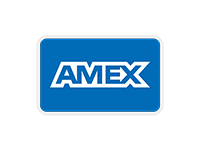Written by John Riddell With thanks to Fred Headon and John Morris

Introduction
The Canadian National class H-6 locomotives were light, all-purpose ten-wheel steam engines that handled light passenger, mixed and way-freight trains for some 40 years on many branch lines of the CNR system. Between 1918 and 1960 CNR acquired a total of 4,064 steam locomotives. In 1919 the CNR inherited 797 locomotives from the Canadian Northern Railway of which 348 were 4-6-0 type of a clean and functional design. These formed the major motive power legacy of the Canadian Northern for the Canadian National. All Canadian Northern engines acquired by the newly formed Canadian National Railways retained their original Canadian Northern road numbers.
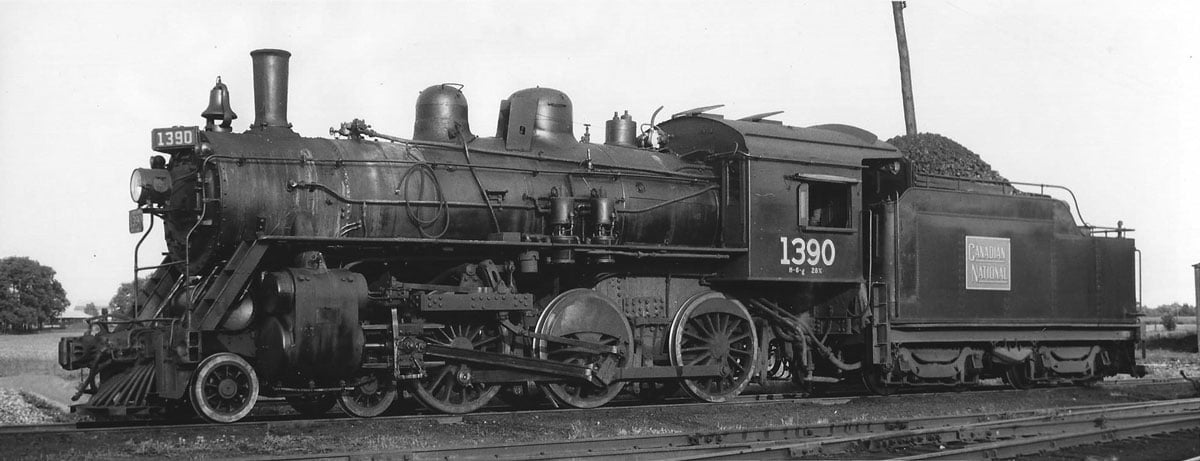
CNR H-6-g 1390 is taking a break at Palmerston, Ontario on July 21, 1956. James Walder photo, John Riddell collection.
Classes
The Canadian National Railways organized its vast fleet of steam engines into classes A through X. A class letter was applied to each wheel arrangement and driving wheel diameter. Class H was assigned to the 4-6-0 wheel arrangement with driving wheel diameter from 58 inches to 63 inches. Each CNR class was further divided into subclasses based on the group’s builder and built-date. Class H-6 had seven subclasses from ‘a’ through ‘g’. Subclass H-6-d, built in 1910 and 1911 by Montreal Locomotive Works (order number Q163) consisted of 20 locomotives, numbered 1323 to 1342. Each cost $19,939 (or approx. $435,000 in 2018 based on inflation). Subclass H-6-g, built in 1912 and 1913 by MLW in two orders (order numbers Q188 and Q213), was the most numerous H subclass with 56 locomotives, numbered 1354 to 1409. The first order cost $ 19,047 each while the second order cost $19,987 each. The original locomotives of the two subclasses were largely identical in specifications and dimensions.
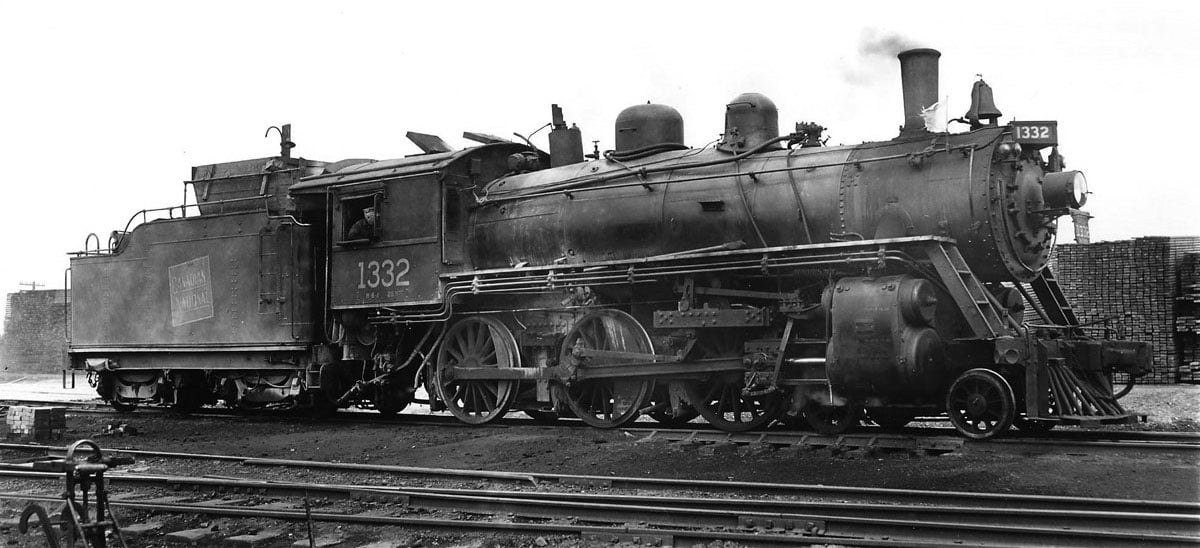
CNR H-6-d 1332 is at Portage la Prairie, MB on August 14, 1954. John Riddell collection.
Design Features
Some quick facts about the the H-6 Class include:
- 63” diameter drivers
- 22” x 26” cylinder size
- total weight 297,000 lbs. and a maximum tractive effort of 30,560 lbs
- 63’-6 ½ “ length over couplers
- 24’-10” engine wheel base
- 17’-10” tender wheel base
- 14’-10 ½” overall height
The engines were originally coal-fired with tender capacity of 10 tons of coal and 5,000 gallons of water. They were equipped with wood cabs, made notable with a horizontal batten below the cab window. All were equipped with Walschaerts valve gear and superheaters, and were delivered with a headlight mounted on the top of the smoke box. A hanging step was also located on the front of each running board.

CNR H-6-d 1541 is heading past the wye at Caledonia, Ontario on October 28, 1957. James Walder photo, John Riddell collection.
To protect the crew during cold weather, eight-foot long canvas curtains were hung from the rear edge of the cab roof. When not required during warm weather the curtains were drawn and gathered at each side of the cab or totally removed. A drop-down canvas awning was mounted above the cab windows.
Changes
Over the years CNR made various changes to the H-6-d/g engines. These included:
- The distinctive CNR triangular number boards were mounted to the top front of the smoke box.
- Many had their bell relocated from behind the stack to the front of the stack.
- Many had their original handrails along the boiler sides extended down to the front pilot.
- The number and location of air tanks changed – some under the walkways, some under the cab, and some under the smokebox.
- Most had their headlight relocated from the top of the smoke box to the front of the smoke box.
- All except no. 1394 received ladders from the front of their running boards down to their pilot to replace the hanging step.
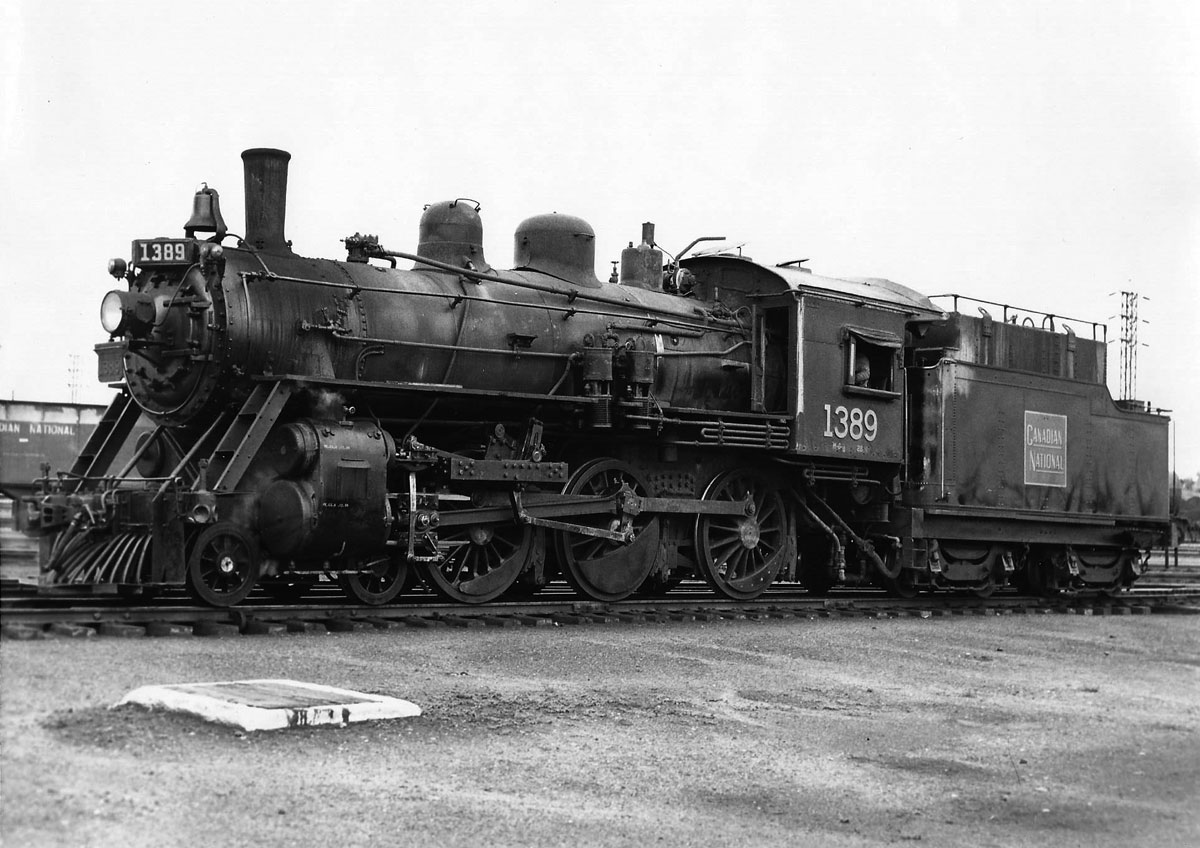
CNR H-6-g 1389 is seen late in its career at Fort Rouge, Manitoba on August 18, 1959. James Walder photo, John Riddell collection.
Additionally, various refinements and improvements were made to the original design on some locomotives. Some of those changes include:
- Between 1924 and 1944, heavier steel frames were retrofitted into eight engines.
- Between 1920 and 1943, steel cabs replaced the original wood cabs on most H-6-d/g engines.
- Between 1932 and 1952, many engines including the following twenty-three were fitted with a wooden extension to their tender coal bunker to increase its coal capacity: 1355, 1358, 1359, 1363, 1364, 1365, 1366, 1367, 1368, 1370, 1371, 1372, 1373, 1378, 1381, 1382, 1383, 1384, 1389, 1392, 1397, 1404, and 1409.
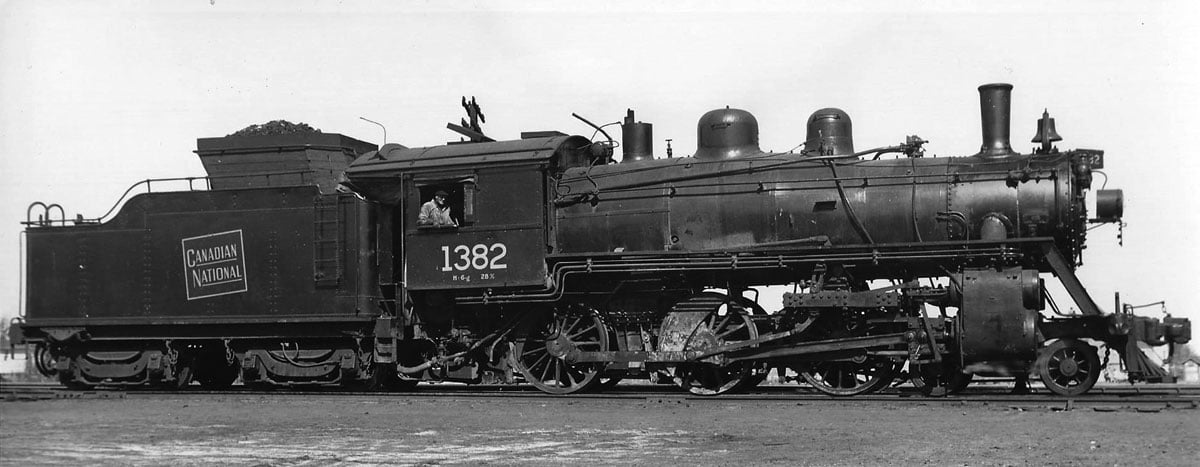
CNR H-6-g 1382 is seen at Saskatoon, SK sporting extensions to its coal bunker on April 22, 1953. John Riddell collection.
After oil was discovered at Leduc, Alberta in 1947, it became considerably more economical to fuel steam locomotives by Bunker C oil rather than coal. Between 1950 and 1958, CNR converted sixteen H-6-g engines to burn Bunker C oil for service in the CNR’s Western Region where oil was commonly available. Oil bunkers in the tender had a capacity of 3,000 gallons.
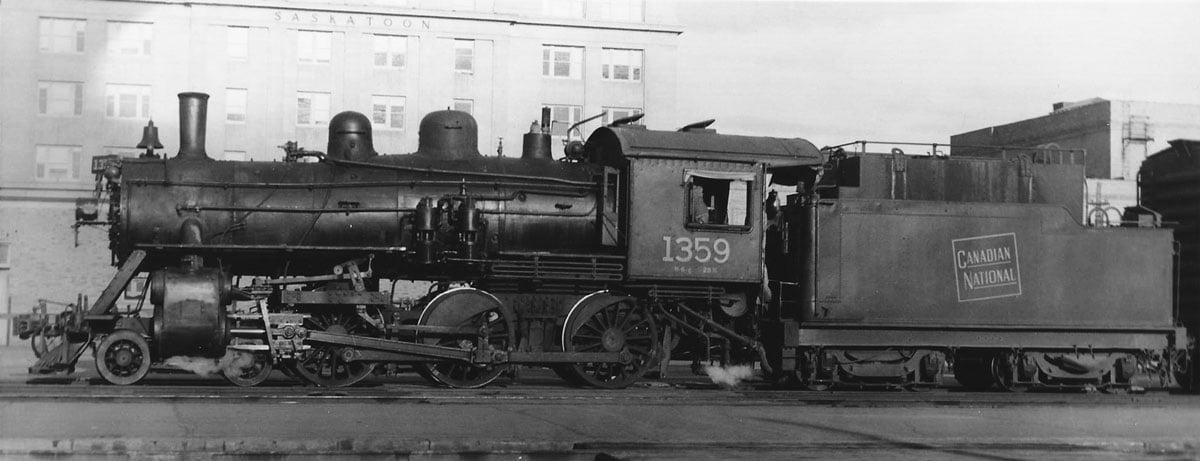
CNR H-6-g 1359 is seen sporting an oil tender at Saskatoon, SK on July 29, 1954. John Riddell collection.
As CNR acquired new diesel locomotives, road numbers were needed for them. In 1956, eight engines from nos. 1385-1409 were renumbered to 1551-1589 to free their former road numbers for the newly arriving GMD SW1200RS diesel road switchers. Also eight engines from nos. 1323-1342 were renumbered to 1523-1543.
Assignments
The H-6-d/g engines were long-lived with most serving in revenue service until replacement by diesels in the late 1950’s. Until retirement, the venerable ten-wheelers were mainly operated on CNR’s numerous branch lines in Quebec, Ontario, Manitoba and Saskatchewan. A few operated in New Brunswick, Alberta and British Columbia. Using a trio of dates as examples, H-6-d/g engines were assigned as follows:
- In June 1, 1933 - 41 were assigned to the Central Region and 15 to the Western Region
- In Dec 31 1933 - 28 were assigned to the Central Region, 24 to the Western Region and 4 to the Atlantic Region.
- Dec 31, 1943 - 38 were assigned to the Central Region and 18 to the Western Region
Assignments continually changed. The following are two snapshots in time. An engine assigned to a specific location could travel widely. The assignments in Central Region as of August, 1957 were:
- Cochrane, ON - 1362, 1396, 1402, 1406
- Turcot, QC - 1340, 1391, 1393, 1395, 1533, 1551, 1565
- Allandale, ON - 1357, 1383, 1397
- Hamilton, ON - 1541
- Palmerston, ON - 1532, 1560, 1564, 1576
- Stratford, ON - 1586
The assignments in the Western Region as of May 31, 1957 were:
- Portage, MB - 1330
- Winnipeg, MB - 1327, 1333, 1408
- Brandon, MB - 1325, 1328, 1372, 1381
- Neepawa, MB - 1335
- Dauphin, MB - 1367, 1378, 1382, 1389
- Melville, SK - 1334 Prince Albert, SK - 1359
- Regina, SK - 1376
- North Battleford, SK - 1377, 1384, 1409
- Edmonton, AB (NAR) - 1392
- Prince George, AB - 1373
The Northern Alberta Railways, jointly owned by the CNR and CPR, commonly leased steam power when needed from its parents. Between 1941 and 1960, at one time or another, CNR leased four H-6-g engines, nos. 1371, 1378, 1382 and 1392, to the NAR. It is noted that during this lease, they retained their CNR lettering. The four H-6-g engines leased to the NAR were normally assigned to wayfreights between Dunvegan yards and either Lac La Biche to the northeast or Smith to the north. No. 1392 was converted to burn oil in October 1954 and was leased to the NAR on May 31, 1957. No. 1392 was later fitted with a horizontal slatted wood pilot, replacing its original vertical boiler tube pilot. It was one of only a few H-6-d/g engines to be fitted with a wood pilot, which was a common BC district modification. If the wood pilot became damaged by rock or debris between the rails it was common practice for the engine crew to chain it to the rails and, by reversing the locomotive, tear the damaged pilot from its mounting and discard it. Typically once these locomotives left the BC District and were assigned elsewhere within Western Region, they would have their pilots replaced with the more standard boiler tube-style pilot.
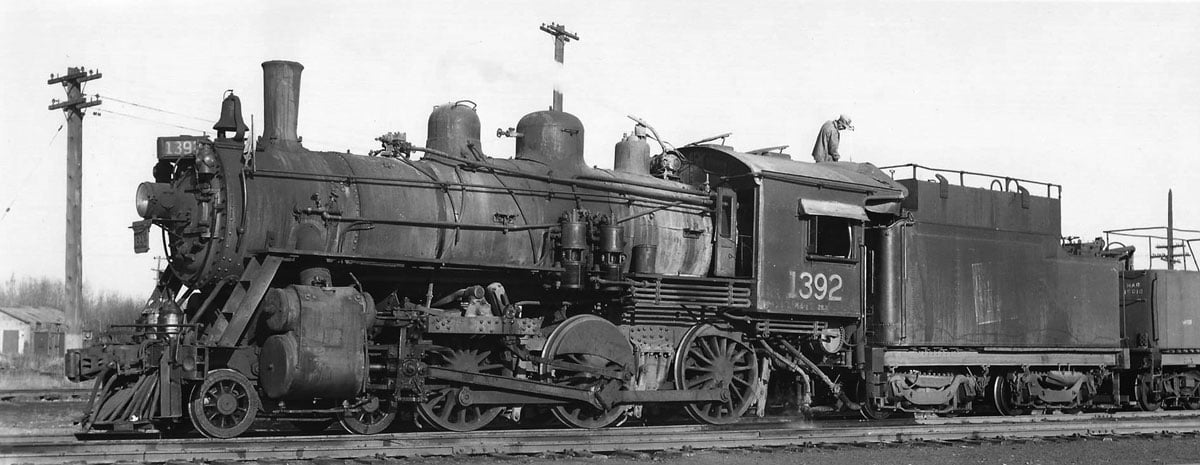
CNR HCNR H6g 1392 is shown on lease to the Northern Alberta Railway (NAR) at Edmonton on October 13, 1957. John Riddell collection.
Livery
The engine and tender were black overall. The edges of the running boards and bottom of the cab were painted white. The window sashes in the cab were painted a shade of red known by a number of names including “Signal Red”, “Vermillion Red” and “CNR Red no. 10”. While the base paint scheme remained largely unaltered over their service life, the tender lettering changed over the years as the corporate image of the CNR evolved: Beginning in March 1919, CANADIAN NATIONAL was stenciled on tender sides in white block letters standing 12” tall. Starting in June 1927, a rectangular wafer or monogram tilted downward nine-degrees to the left spelling out CANADIAN NATIONAL was applied to the sides of the tender. It had two sizes: 45” wide by 39” tall, and 45” by 34”. The letters and border were both white. Starting in May 1932, the rectangular wafer gained gold lettering on a vermillion (red) background. The letters and borderswere both gold, with a black outline being applied to the letters and the vermillion background. The wafer was applied with a 9-degree tilt downward to the left on the sides of the tender. Starting in November 1954, the same rectangular gold-lettered wafer was applied without a tilt (i.e. horizontally). Finally in 1956, a maple leaf monogram in a 36-inch roundel was applied sides of the tender of only no. 1564 (formerly no. 1374). It was around this same time that the maple leaf monogram was specified for passenger service, leaving the rectangular wafer logo strictly for freight and company service. Maple leaf monograms were also applied to the tender of no. 1395 but only after it was retired and sold to Steamtown. The road number was painted in 15-inch numerals on the cab sides. On some engines 15-inch metal numerals were attached to the cab sides. Below the road number the requisite class was pained in 2 ¾ inch letters followed by the sub-class in lower case letters and percentage haulage rating. Centered on the back of the tender was the road number in 6-inch numerals and in 2 ¾ -inch letters and numerals, the water capacity in gallons and coal capacity in tons. All lettering was yellow. A number plate was used to identify each CNR engine. A cast brass plate with 5-inch raised numerals flanked above and below by the words CANADIAN and NATIONAL. All numbers and letters were raised, in brass, with the background painted red. The plate was mounted in the centre of the smoke box normally below the headlight bracket.
Disposition
All but three H-6-d/g engines were scrapped between 1954 and 1961. Four were preserved. On May 30, 1958 no. 1392 was retired and subsequently donated to the Edmonton Exhibition Board for display at the exhibition grounds. In November 1970 it was acquired by the Alberta Pioneer Railway Association which operates the Alberta Railway Museum in Edmonton. After four years of reconditioning it was made fully operational. In 2018 it was moved from Edmonton to Stettler where it is operated by the Alberta Prairie Railway on trackage between Stettler and Big Valley, Alberta on holiday weekends throughout the summer months. Nos. 1395 and 1551 were sold to Edaville Railroad Association for display at Steamtown in Bellows Falls, Vermont. In 1986, no. 1551 (formerly no. 1354) was then sold to the Ohio Central Railway in Sugar Creek, Ohio. In 1988, no. 1395 was purchased by the Coopersville and Marne Railway, 20 miles northwest of Grand Rapids, Michigan. It currently resides on a siding in Coopersville, MI where it is stored unserviceable with other pieces of equipment. In 1956, CNR renumbered H-6-d no. 1325 to no. 1533. After its retirement, CNR sold no. 1533 in 1962 to the New Hope & Ivyland Railroad of Chester, PA. It was restored and operated until 1975. It is currently stored in New Hope, PA unserviceable.
Further References
- McQueen, D. R., Canadian National Steam!, 2013
- McQueen, D. R., Canadian National Steam! Volume 4 --- Rosters, 2013
- CNR Mechanical Department Locomotive Diagrams (1917-1961)
- Clegg, A. and Corley, R., Canadian National Steam Power, 1969


